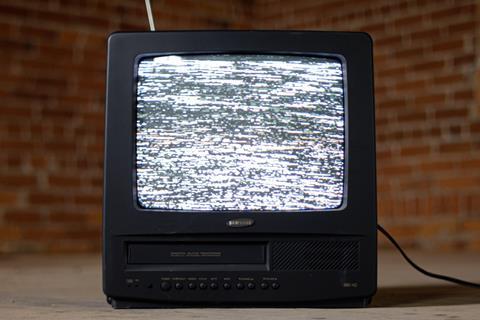
Things are getting tougher for the avalanche of food and drink brands that have launched in the boom years since 2010.
Not only are cost of living-conscious consumers assessing every pound they spend, but the digital channels many have used to build their brand are getting more challenging. New privacy rules are impacting the ability to target consumers, and many brands have maxed out online ad efficiencies.
Many will be thinking about shifting spend from online ads and shopper marketing into brand – and TV. As these brands mature, TV adds value that can give them the edge to stay relevant and in baskets at a time when consumers are looking to trade down.
We’re seeing more brands than ever take their first step onto TV. That first TV ad can feel momentous. It costs more, it’s visible and everyone’s watching – from your customers to your mates down the pub. When I was at Graze, where I was one of the co-founders, we took this step. Honestly, I now think we were too cautious to start with, focusing too much on response and not enough on brand.
But as I’ve worked on more and more first ads, I’ve realised there is a formula, and it’s vital to get it right. You can’t wheel out a drumming gorilla for your first ad – it’ll land badly when only your current customers get the joke. But a pure sales or direct response ad is a missed opportunity. Your online ads can still do that and benefit from the halo effect of the TV commercial.
So what’s the secret to getting the balance right?
First of all, your ad needs to get noticed. Investing enough in strong creative to ensure you stand out is vital. Think about what your big brand competitors would do and try to do something different. (We had a mantra at Graze: if M&S could do it, then we shouldn’t.)
Second, you have to let people know it’s you. No gorilla, unbranded, too-clever, knowing in-jokes. Most people won’t be intrigued – they’ll just ignore you.
Third, now is the time to tip the balance towards brand, rather than product. This can be the biggest mindset shift from the acquisitional online ads you’ll have been running before, where product is often the only focus.
Fourth, and most importantly: work on an emotional connection. Again, this is very different to a lot of performance marketing. Now it’s about feelings, too. Humour, surprise, clarity, understanding, warmth – work out how you want people to feel. Humour is a good way to cut through fast, but only if it works for your brand.
And finally, a fifth step: when it’s appropriate, make a clear call to action. It’s important, though the potential effect of TV goes far beyond the offer at the end.
Though this is a formula, it isn’t formulaic. It’s about making something that works, and can work for months, if not longer.
The process of making a TV ad forces you to focus and often improves all your other comms and metrics – and contrary to popular belief, TV is also very measurable. More importantly, moving into TV can help keep the wave of innovative fmcg startups alive, on shelves and in baskets through the rocky months ahead.




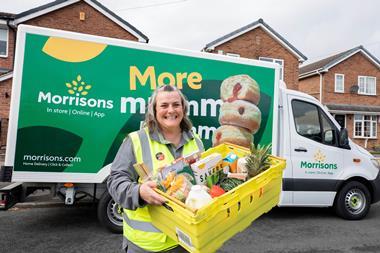
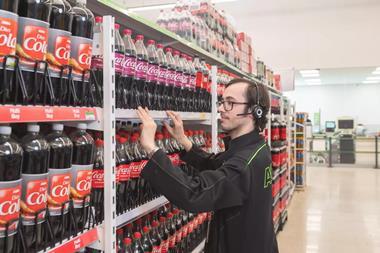
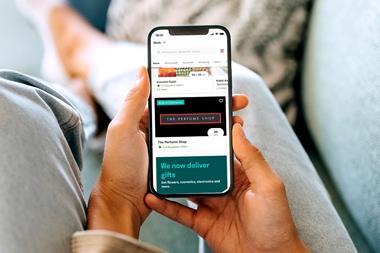
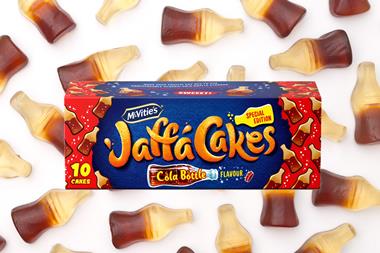
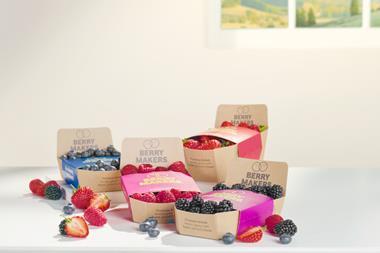
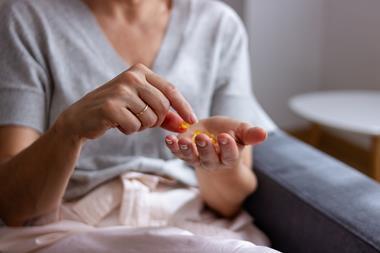


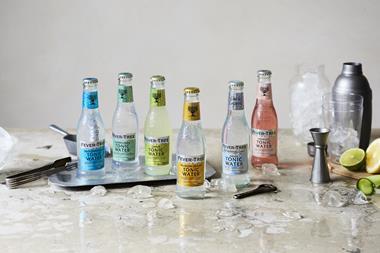
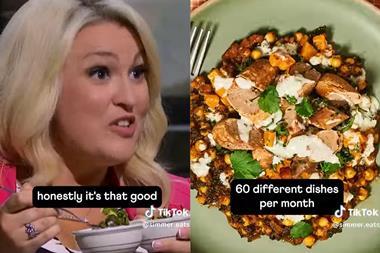

No comments yet